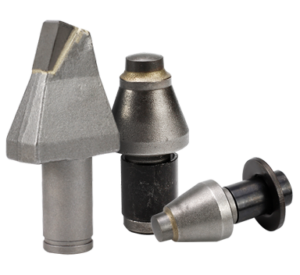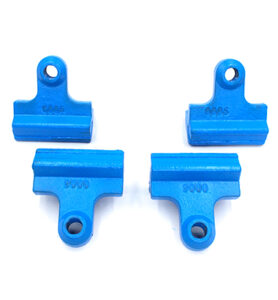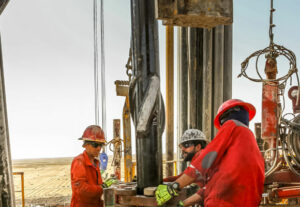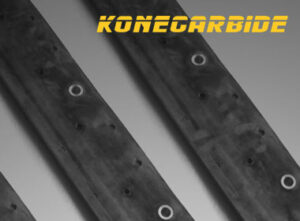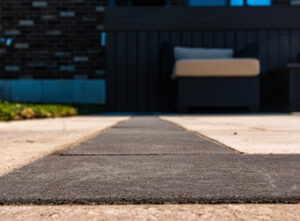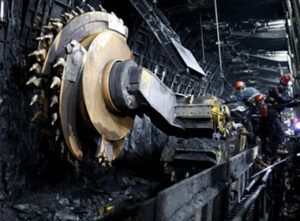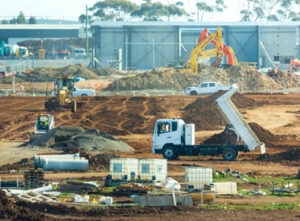As a prominent method of extracting natural resources in the mining process, surface mining has become an integral component of the mining industry. By utilizing specific techniques and equipment, this method removes overlying rocks and soil to access valuable mineral deposits. Surface mining offers high productivity and efficiency, making it a popular choice for extracting minerals like coal. Today, we will explain the fundamental aspects of surface mining, including the definition, benefits, types, and equipment.
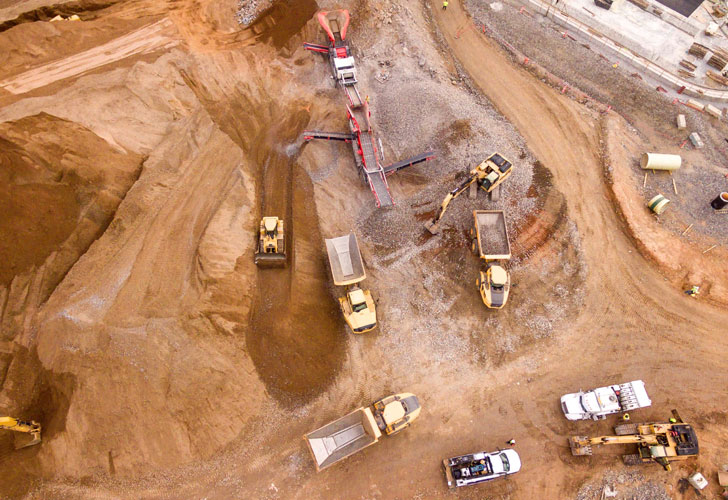
What is surface mining?
Surface mining is a popular mining method that is quite different from underground mining. Instead of leaving the overlying soil and rocks underneath and removing natural resources through tunnels, surface mining removes the overburden and directly extracts natural resources.
Surface mining originated in the mid-16th century and was then employed in the extraction of various minerals in North America. Over the 20th century, surface mining became extremely popular across the continent, contributing greatly to coal production in the United States.
Benefits of surface mining
Compared to underground mining, surface mining is safer and more cost-effective.
Types of surface mining
Surface mining can be roughly divided into five types: strip mining, open-pit mining, mountaintop removal, dredging, and high-wall mining. Let’s take a closer look at the details of each type.
- Strip Mining
Strip mining starts by removing a long, narrow strip of overburden above a targeted mineral deposit. The overburden is left behind the deposit and the mineral deposit is extracted. Then, the process continues by removing the second strip of overlying soil and rocks which are dumped into the first strip, ensuring optimized land utilization. Heavy machines employed during this process include bucket-wheel excavators. Strip mining is ideal for coal mining and it works well when the mineral is not far from the surface.
Strip mining contains two distinct types: area stripping and contour mining. Area stripping is a commonly used mining method that is ideal for large, flat terrain. Contour mining is suitable for dealing with hilly terrain mining. Instead of removing the overburden in strips, contouring mining follows the contour of the area.
- Open-pit mining
In open-pit mining, the hole won’t be filled, thus leaving behind an open pit. Open-pit mines can be quite productive without too much overburden removal. Besides, the ore deposits are mostly close to the land surface. However, open-pit mining can be harmful to the surrounding environment and cause safety problems for the workers.
- Mountaintop removal
The mountaintop removal method is typically useful in coal mining. By utilizing explosives to remove the mountaintop, this mining method exposes desired coal seams. Mountaintop removal can change the surrounding ecosystems and landscapes as well.
- Dredging
Dredging is ideal for gold mining. Dredging refers to mining from the bottom of a water body, such as a lakes. A floating dredge equipped with conveyor belts and scoops is utilized during the mining process. A scoop digs up materials through a conveyor, and the desired gold is left on board. Another conveyor belt delivers the unwanted material back to the water table.
- High-wall mining
High-wall mining helps extract resources from cliff faces. By recovering materials left within the pit walls, this mining method can make the most of the potential of their open-pit mines. High-wall mining is capable of remote operation, thus ensuring the safety of the workers.
Equipment
Various types of equipment are used in surface mining, including loaders, motor graders, crushers, haul trucks, dozers, cranes, dredges, and more.
KoneCarbide
KoneCarbide is specialized in providing wear-resistance solutions for the construction and mining industries. Our consistent-quality wear parts include motor grader carbide teeth and crusher wear parts. If you are looking for a reputable supplier, please contact us today!
